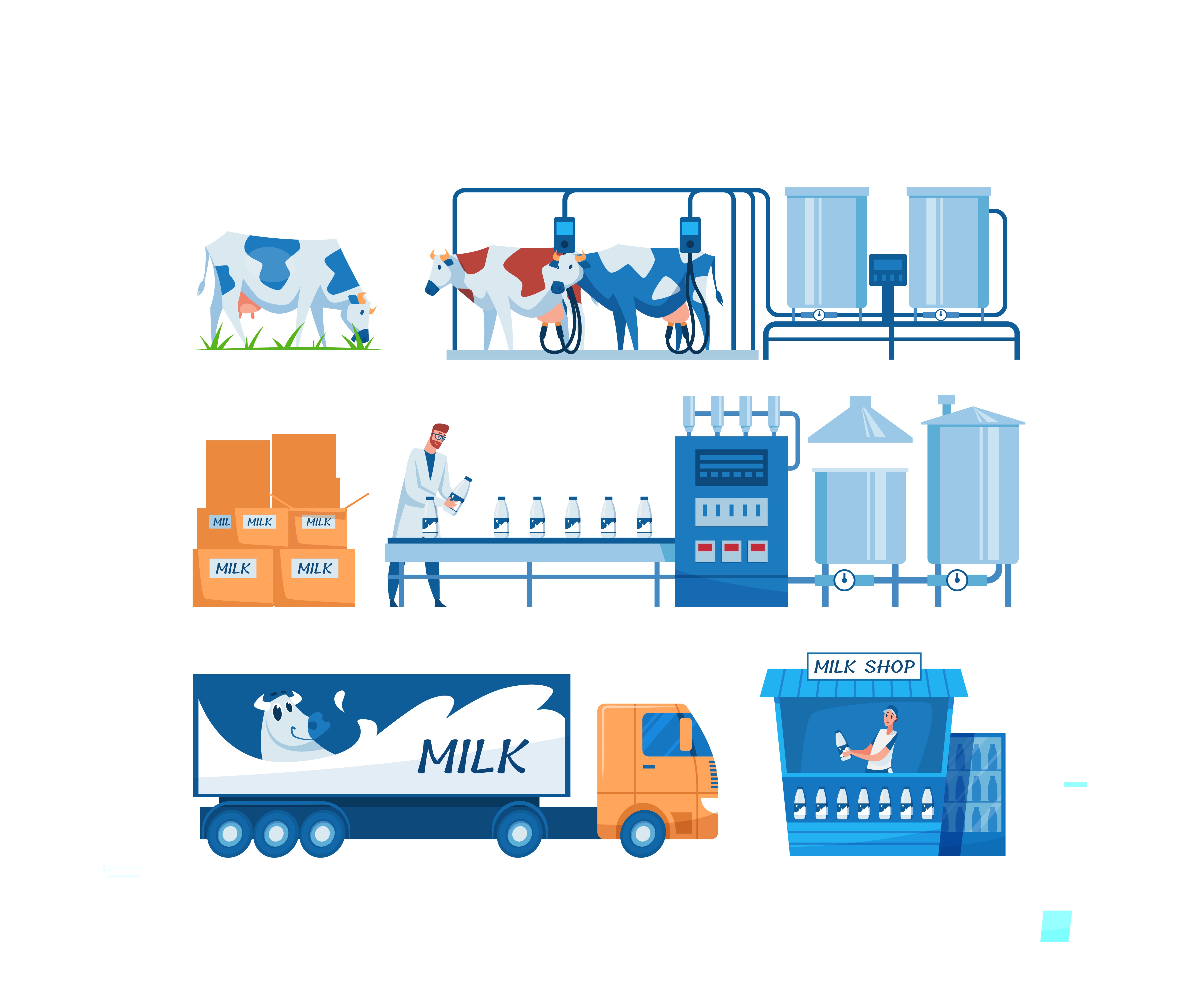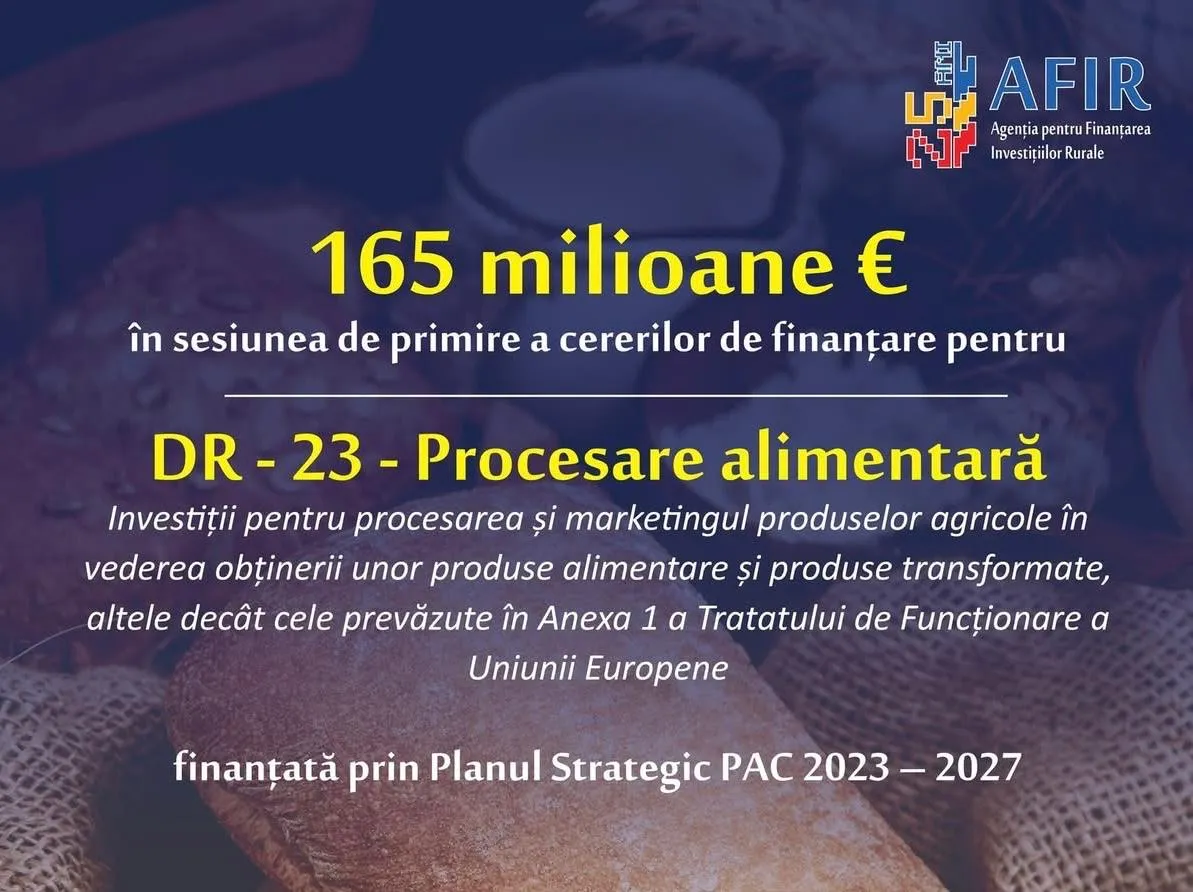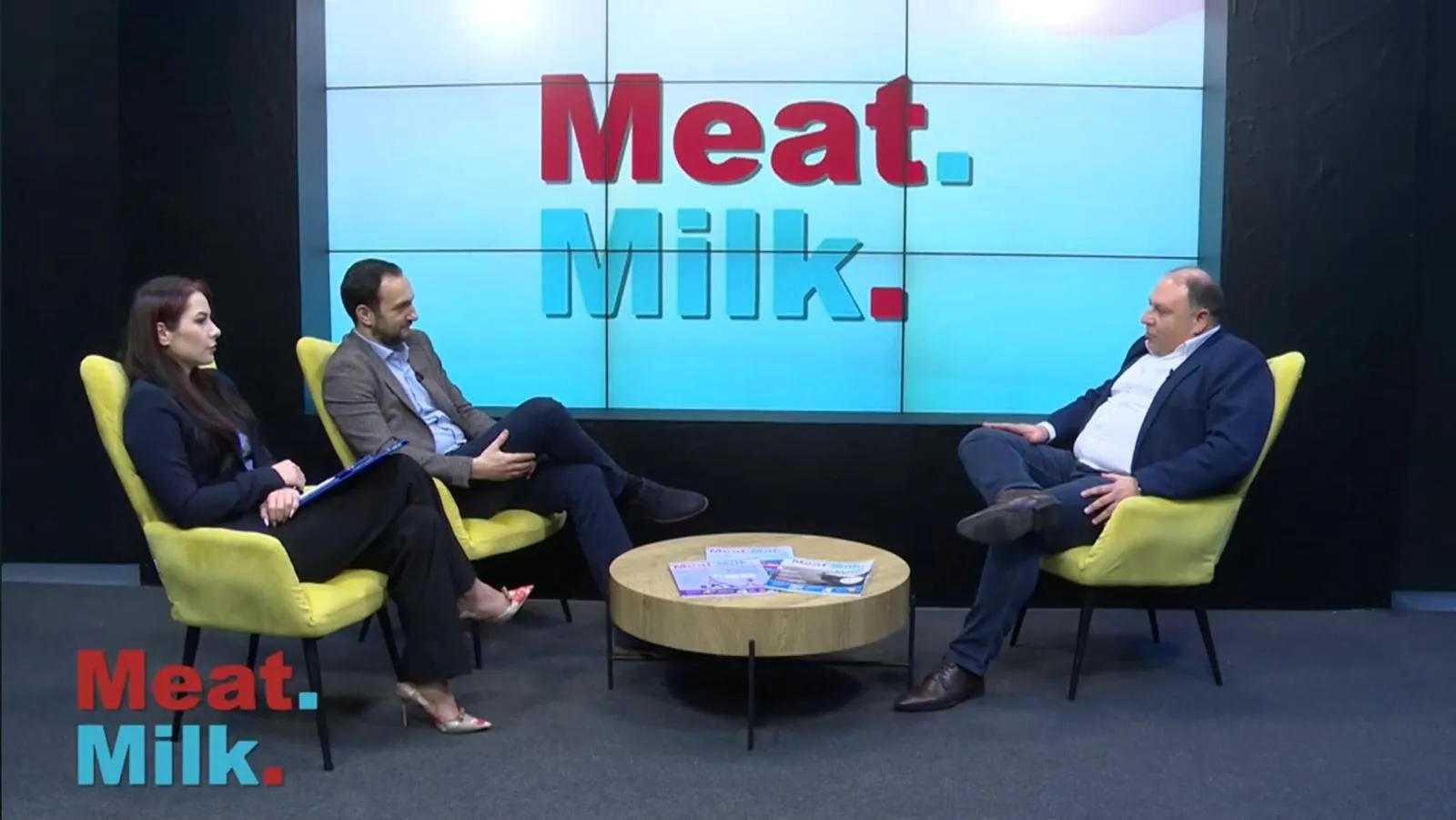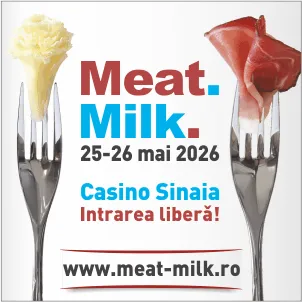581

Introduction The FAO Food Outlook (June 2025) highlights a slower growth in global milk production, under the impact of high costs, environmental regulations, and climate change. International developments directly affect farmers and processors in the European Union and, by extension, in Romania.
Global Trends and Drivers Global milk production continues to grow, but at a more moderate pace than in previous years. In the European Union, environmental policies and the reduction of cattle herds are slowing down sector expansion. On the international market, butter and cheese prices sustain demand, while raw milk is becoming increasingly less profitable. Dairy exports are shifting toward higher value-added products, such as aged cheeses and protein ingredients, rather than bulk volumes of raw milk.
Impact on Romania Romania’s domestic milk production has declined significantly over the past decade, driven by shrinking herds and low competitiveness. High costs for feed, energy, and logistics are eroding farmers’ profitability, while the domestic market remains dependent on imports. Nonetheless, there are opportunities in premium segments—locally specific cheeses, certified organic or eco products—that can generate added value and differentiation in the market.
Conclusion Romania’s dairy sector must transition from bulk production to value-added output. Without investments in technology, farmer cooperation, and stronger local processing, the trade deficit will deepen and export opportunities will remain limited. The strategic direction must be toward specialization and alignment with European demand for differentiated dairy products.
(Photo: Freepik)





